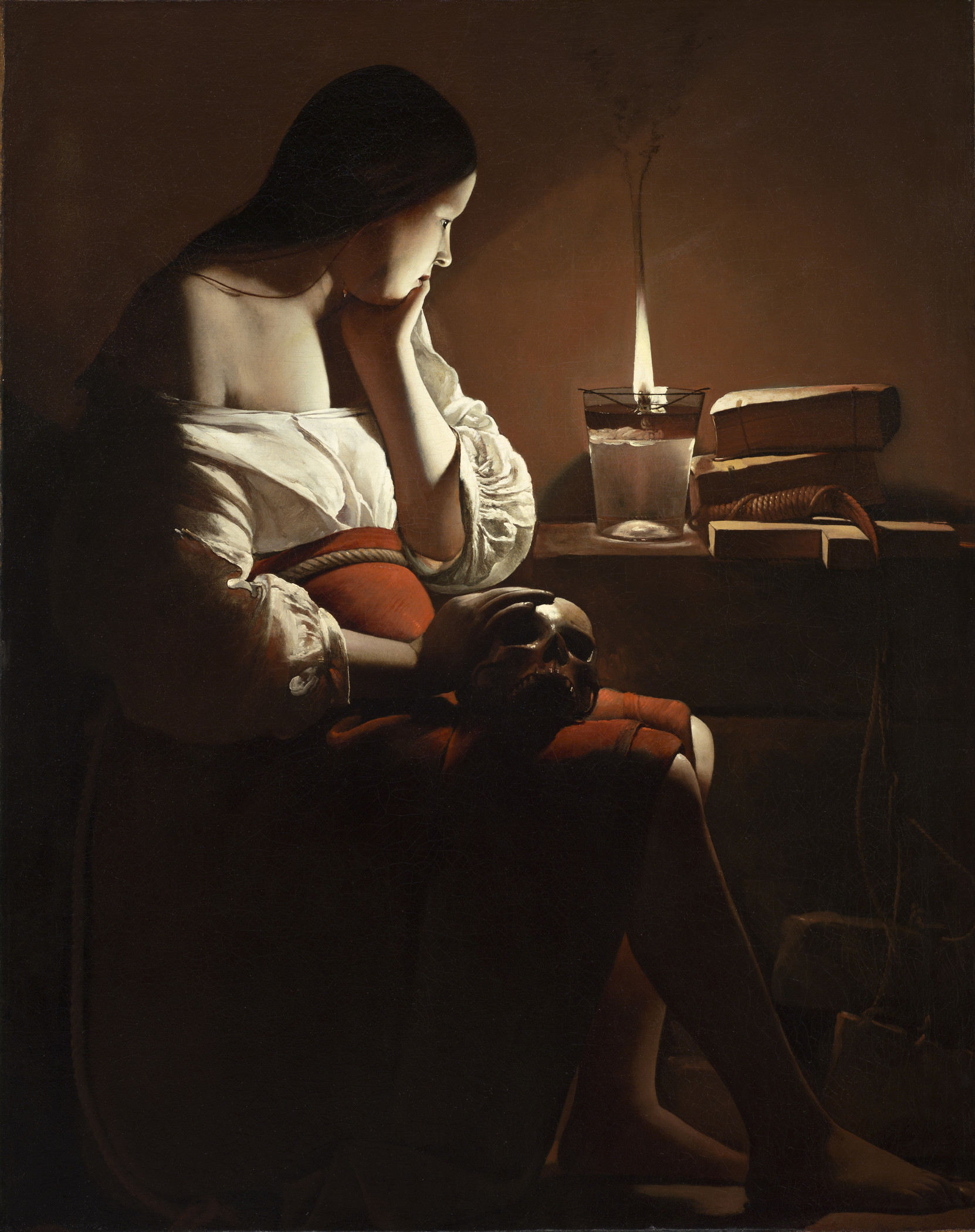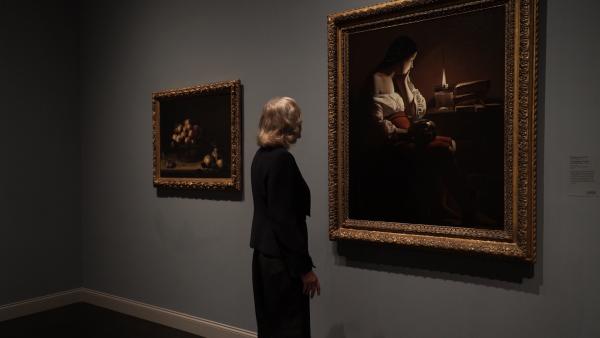Helen Pashgian is one of the California Light and Space artists who, beginning in the 1960s, focused on vision and perception, often using plastics and other synthetics developed for the aerospace industry. Her sculptures are concerned with how light interacts with materials and how the viewer perceives this. Born and raised in Pasadena, Pashgian studied art history in Boston before returning to Southern California for its light. “In those long-ago years,” she has said, “I was slowly becoming aware of light as a ‘thing.’” Pashgian has since worked with clear and translucent acrylics and resins to achieve spectacular effects, most recently with large-scale discs that seem to hover in space, seemingly blending into the surrounding air. Her work was celebrated at LACMA in the exhibition Helen Pashgian: Light Invisible (2014).
For Artists on Art, LACMA’s online video series featuring contemporary artists speaking on objects of their choice from our permanent collection, Pashgian selected Georges de La Tour’s The Magdalen with the Smoking Flame (c. 1638–40).
You’ve made abstract sculptures for decades, in materials associated with Space Age technologies and even newer. Why did you choose to speak on this allegorical painting, made centuries ago, and in perhaps the most traditional of fine art materials, oil paint?
As an artist working in the 21st century, trying to have a conversation with certainly one of the greatest painters of the 17th century, it’s all about the use of light. Without darkness, there’s no light. In a dark room a single candle looks incredibly brilliant. In a light room with 150 candles, they have literally no significance. So the single candle, the contemplative young woman—all of it creates an aura, a glow, and all of it brings you back to her face in relationship to the light. This is a painting that is immensely seductive. It pulls you into it from a hundred feet away. Right into the central thing. You could look at it for hours and hours.

When did you first notice this painting?
I probably saw it first in reproduction, many, many years ago. The more I look at it, the richer a statement it becomes. A peasant girl with a rope around the skirt, bare feet, very simple blouse, no adornment to her. You don’t know her thoughts, but you know she’s mesmerized by the light. [Georges de La Tour] only painted the reluctant Magdalen in night scenes, never in daylight scenes. He did beautiful scenes of figures in daylight, but they were very flat relative to this, and the color was very bright, like early morning sunlight. But this is definitely night—darkness and thoughtfulness and quiet and contemplation. I think part of the reason he may have used exclusively night scenes for his Magdalen paintings is because of their rotundity. They’re much more dramatic—with the shadow at the bottom, the peasant girl with her leg totally in darkness; her foot going right to the very edge of the painting. You follow up from the darkness to the light.
.png)
What aspects of the painting intrigue you most in thinking about your own sculptures?
I think one of the most interesting passages is where the light from the candle actually penetrates through the gauzy cotton on the arm. It’s a pink, very brilliant light—you sense the entire structure of the arm even though it’s not shown. But the closest thing to my work is the glass [around the candle], because I work with translucent and transparent materials, through materials, and the relationship of light externally and internally to the piece. I am an artist who uses light in a very different way, but I do sense a great affinity with this work because of the way light is used as a single illuminating force.
Georges de La Tour’s The Magdalen with the Smoking Flame is on view in the Ahmanson Building, Level 3. The conversation was edited and condensed for clarity.



